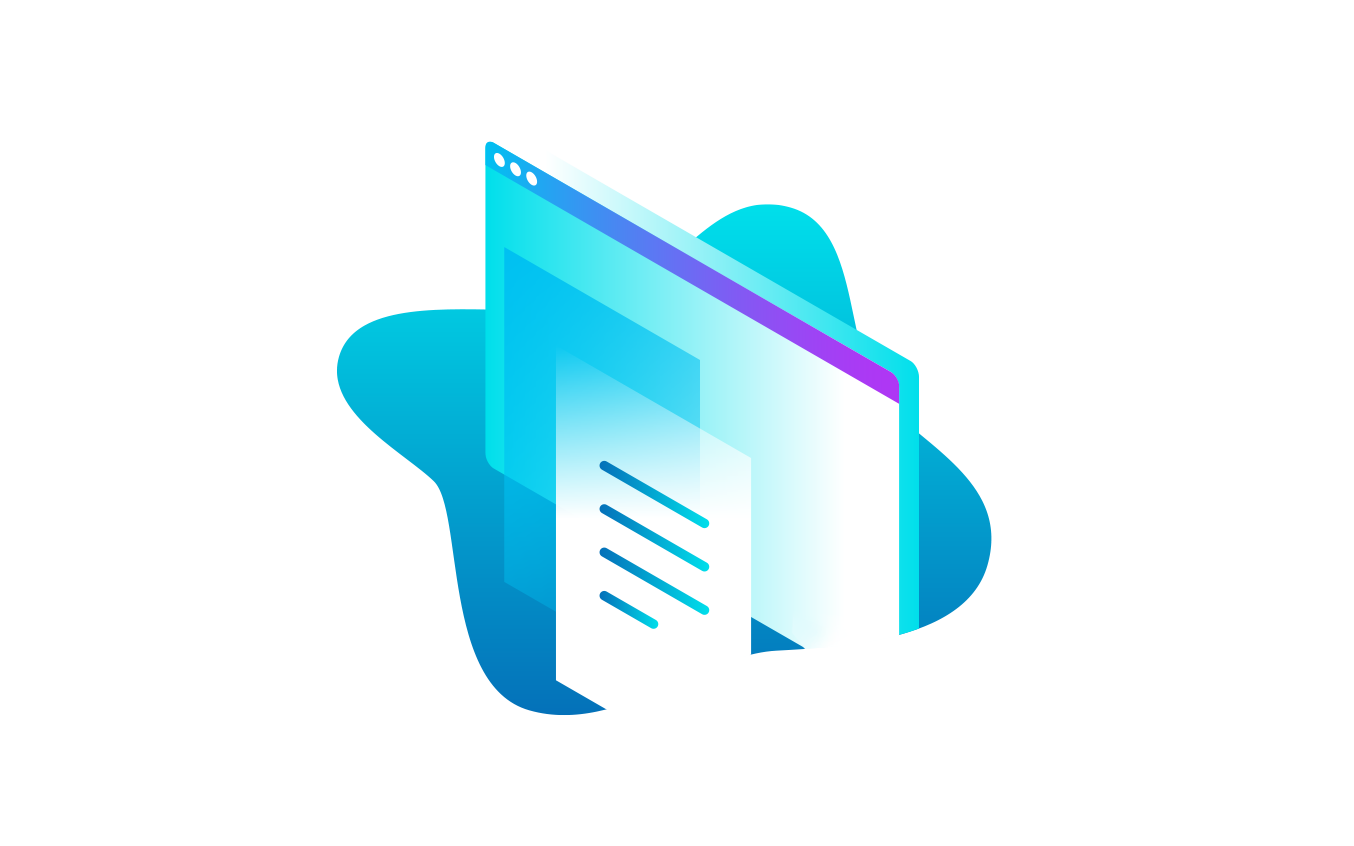SOME BENEFITS OF HYPERAUTOMATION IN THE INSURANCE INDUSTRY
Robots can help you link disparate legacy systems, on the front-end, with no coding, to conduct insurance operations faster, reduce labor costs, expedite new business onboarding, underwriting, customer service, and claims processes… all at
the same time. With the shifting demographics of customers, customer interaction preferences are moving towards the digital and speed of transaction. Customers today expect consistent service levels and convenience while working with their
insurance company – the same ease of service and cycle time that they might experience shopping online or while using online banking.
The only way your insurance company can tap the maximum benefits of HyperAutomation in an insurance use-case is by first standardizing as much of the manual work as possible. Deep, front-line process analysis and desk-level work standardization
across the entire organization are, simply, essential for HyperAutomation. They’re what makes HyperAutomation in insurance worth the investment and the only way to build a business case with real return-on-investment.
As we’ve noted, the benefits from HyperAutomation in insurance can be both financial and operational in nature, improving back-office processes and the customer experience while saving money on labor. Basically, hyperAutomation lets you do
a lot more with what you have, or less.
When compared to traditional automation, hyperautomation in insurance has specific benefits, including:
Faster claims processing- Claims processing requires employees to gather information from various documents and copy/move that information into various systems. It’s a time-consuming process, which delays the timely response that
customers desire when they file a claim. HyperAutomation can move large amounts on claims data with one mouse click.
Easier policy cancellation- The process of cancelling policies is time-consuming due to having to interact with email, a policy administration system, a CRM, Excel, and PDFs. HyperAutomation can toggle through all of these interactions
at the same time and eliminate the need to move data through all of them manually.
Simplified new business on-boarding- Sometimes companies grow faster than they can manage. Robots can abet growth with minimal growing pains: manual inter-departmental data movement from new clients being on-boarded can be reduced
by at least 50% – within weeks.
Increased data accuracy-Using HyperAutomation increases the reliability of data. That’s because, unlike humans, robots are unable to key in data incorrectly; nor will their “minds” wander while performing repetitive tasks. But
you must resolve bad data being received on the front end for it to work right.
Standardized processes- A side effect of using robots is the necessary standardization of processes. In order to start using a robot, a company’s process all need to be standardized, which in turn increases worker efficiency,
and then greatly increases the speed at which the robots can do their work as well.
Legacy-systems compatibility and getting Implementation friendly new systems-Robots can be configured to use old systems that might be replaced in the next few years, and updated to work with the new ones. Robots are easily
reconfigured within days to point to new systems as they get implemented.
Easy transition- Working at the familiar desktop level, robots are easy for employees to understand and to use. They can be installed quickly (unlike traditional IT projects), and work with existing technology.

